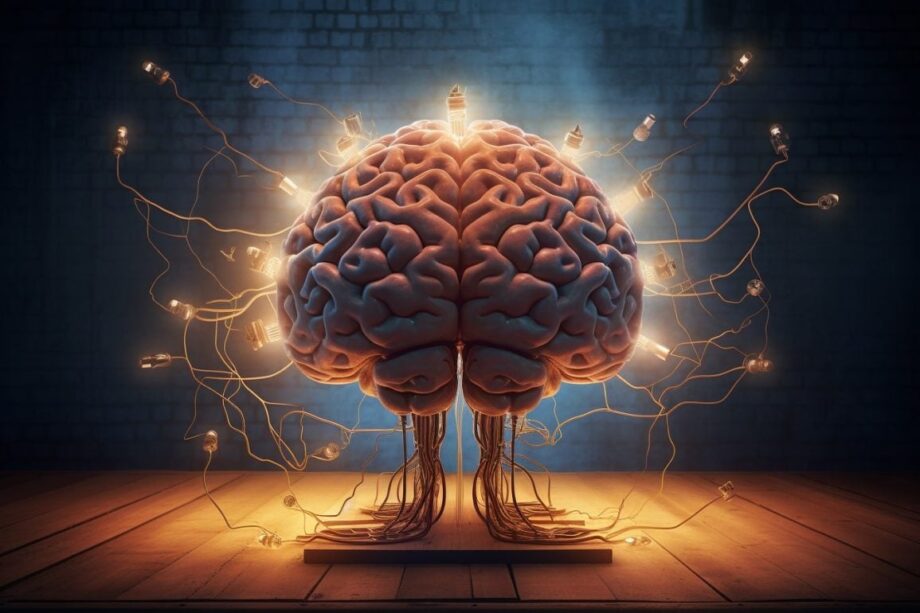Multiple sclerosis (MS) and neuromyelitis optica spectrum disorder (NMOSD) are autoimmune inflammatory conditions affecting the central nervous system (CNS) and share several common features. Accurately distinguishing between MS and NMOSD is crucial for early and effective treatment. In this research, we have developed a sophisticated deep learning model utilizing brain magnetic resonance imaging (MRI) data to differentiate between these two conditions.
To construct our model, we utilized a modified ResNet18 convolutional neural network trained with 5-channel images extracted from five 2D slices of 3D FLAIR images. The model achieved an accuracy of 76.1%, demonstrating a sensitivity of 77.3% and a specificity of 74.8%. The positive predictive value was 76.9%, the negative predictive value was 78.6%, and the area under the curve was 0.85. Interestingly, when applying Grad-CAM to the model, it was revealed that white matter lesions played a crucial role in the classification process.
MS and NMOSD are both autoimmune inflammatory CNS disorders, and while NMOSD can be differentiated from MS using AQP4 antibody, it may yield variable sensitivity and false-negative results. Additionally, antibody levels could decrease during NMOSD remission, making diagnosis challenging. Brain MRI lesions can provide some clues; certain lesion locations suggest MS, while others point to NMOSD. However, differentiation in specific clinical scenarios remains difficult.
Machine learning algorithms have shown promise in various neurological diseases. In CNS demyelinating disorders, machine learning has been applied to assess different aspects of the diseases, but only a few studies have explored deep learning algorithms to differentiate MS from NMOSD.
In our study, we aimed to develop a compact and robust deep learning model for distinguishing between MS and NMOSD using brain MRI data and provide visual explanations for the model’s classifications.
Eighty-six MS patients and 70 NMOSD patients were included in the study, and their MRI scans were used for the classification model. The MS patients were younger, and the majority had relapsing-remitting type MS (RRMS). The proportion of females was not significantly different between the two groups. All patients were negative for MOG antibody, and most NMOSD patients were positive for the AQP4 antibody. Neurological disability, as assessed by EDSS scores, was higher in the NMOSD group compared to the MS group.
With this research, we present a powerful deep learning model that can aid clinicians in the accurate and early differential diagnosis of MS and NMOSD using brain MRI data.
Source Nature

